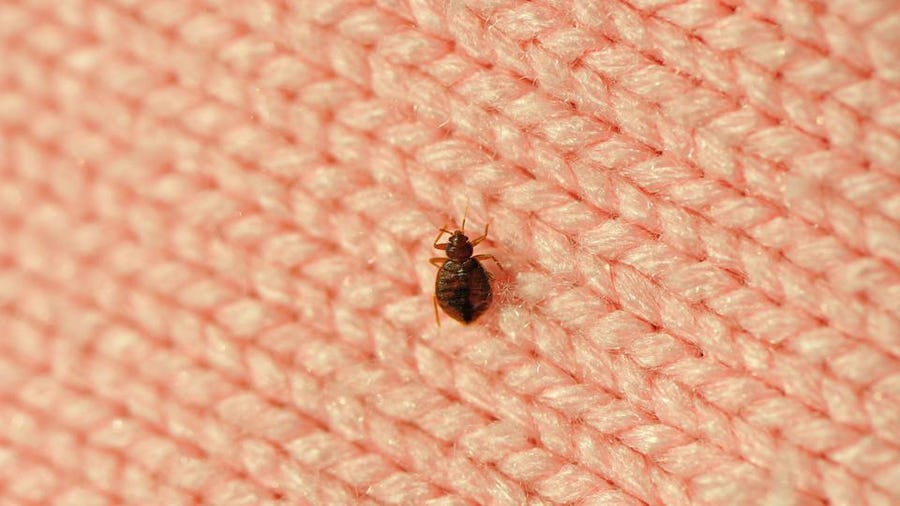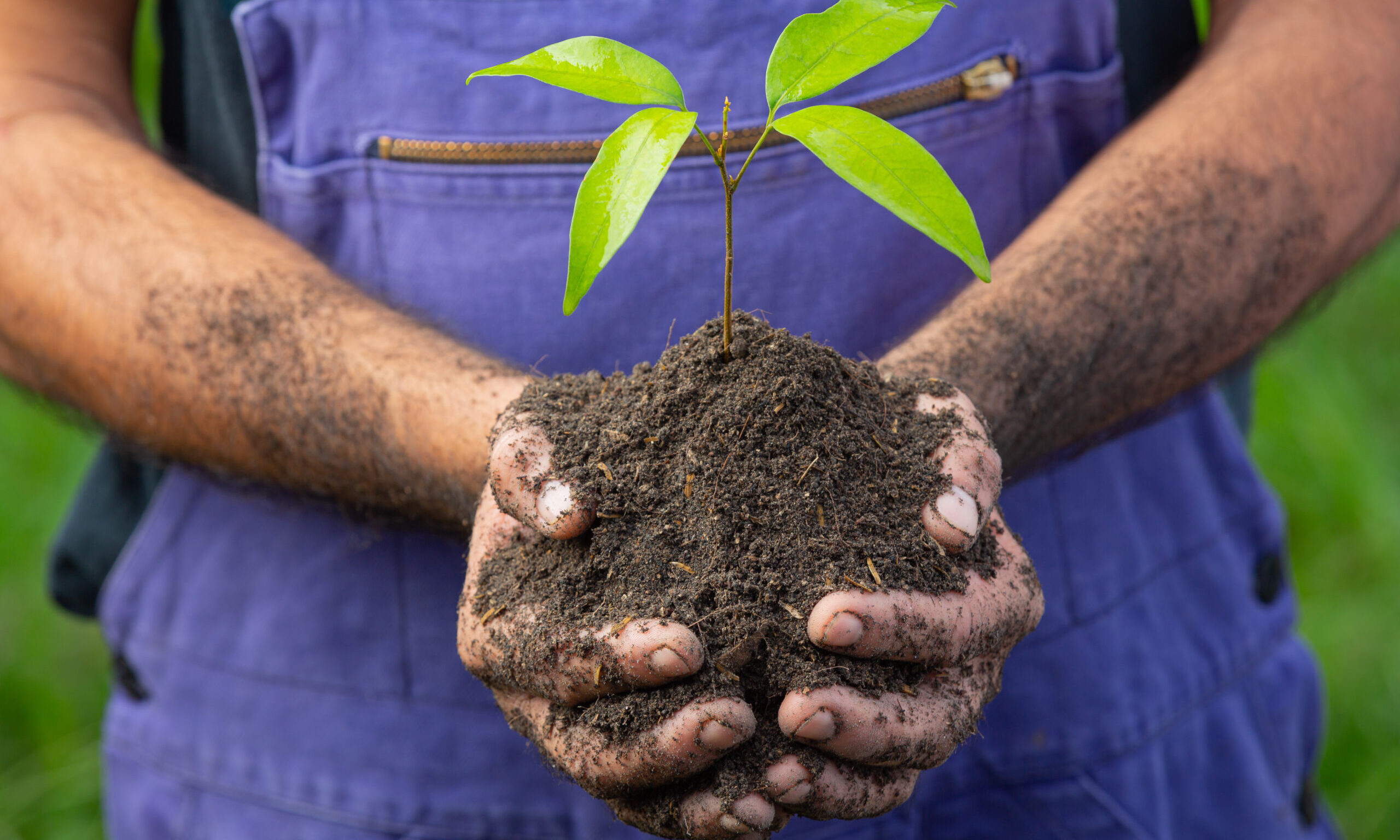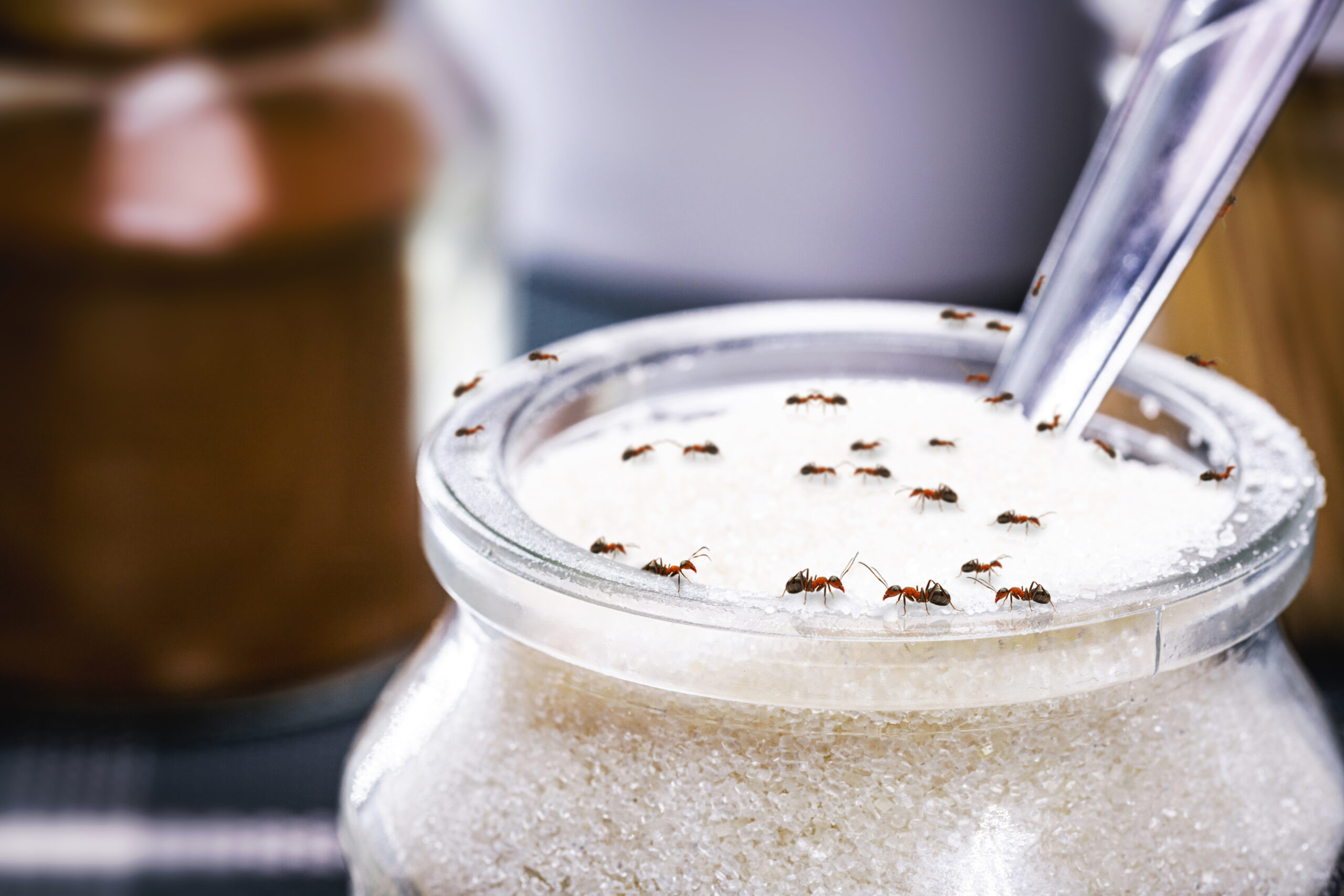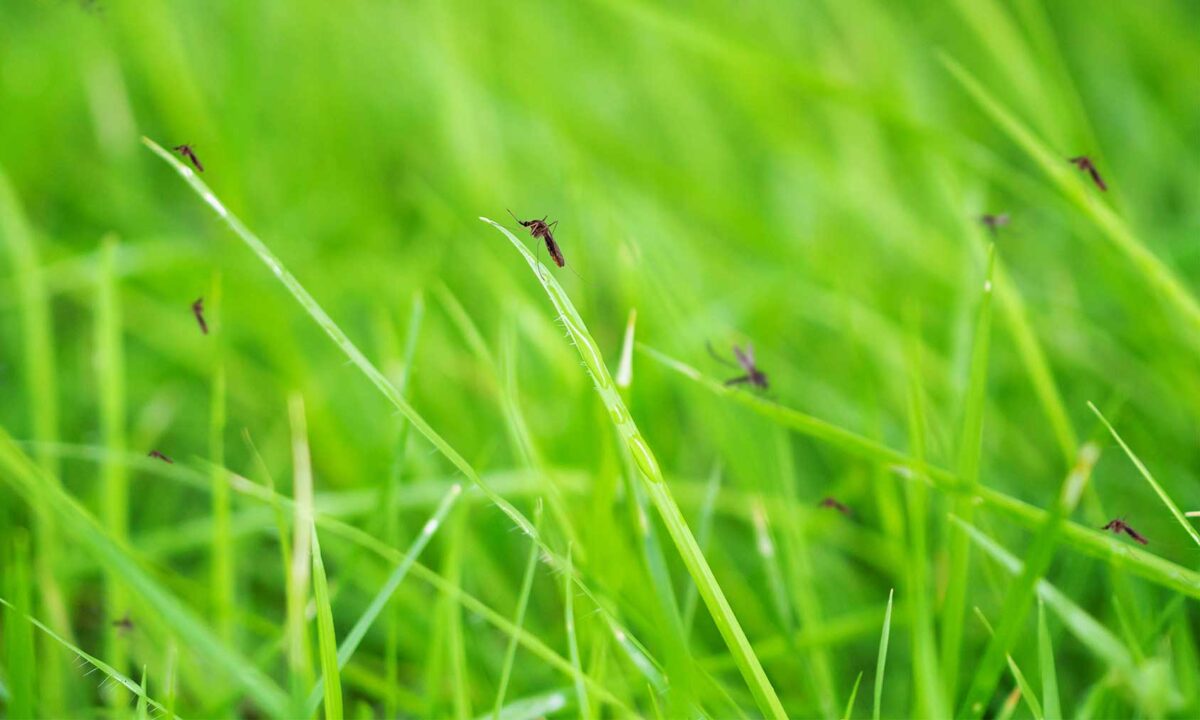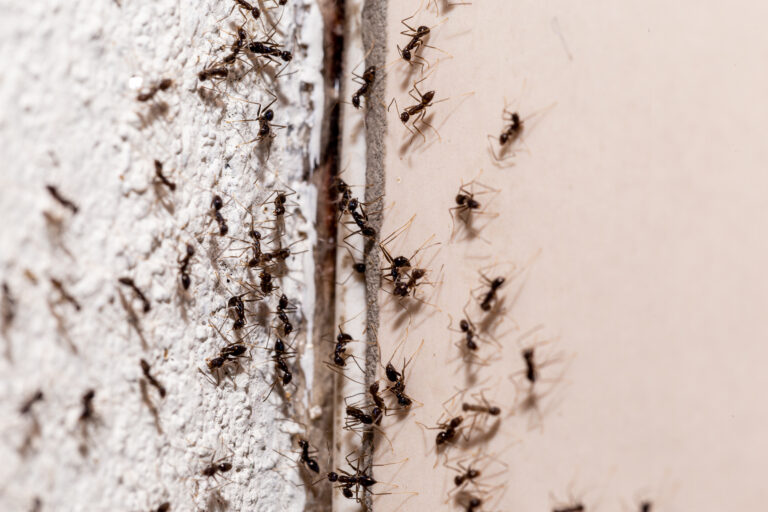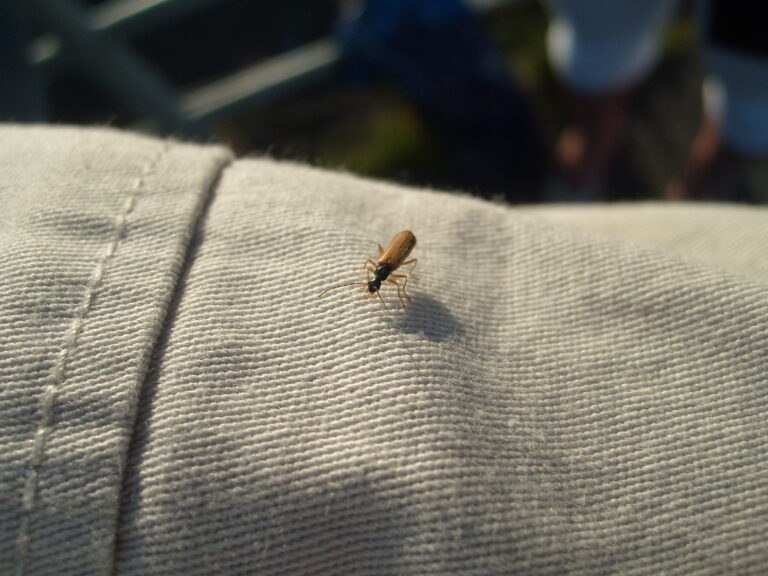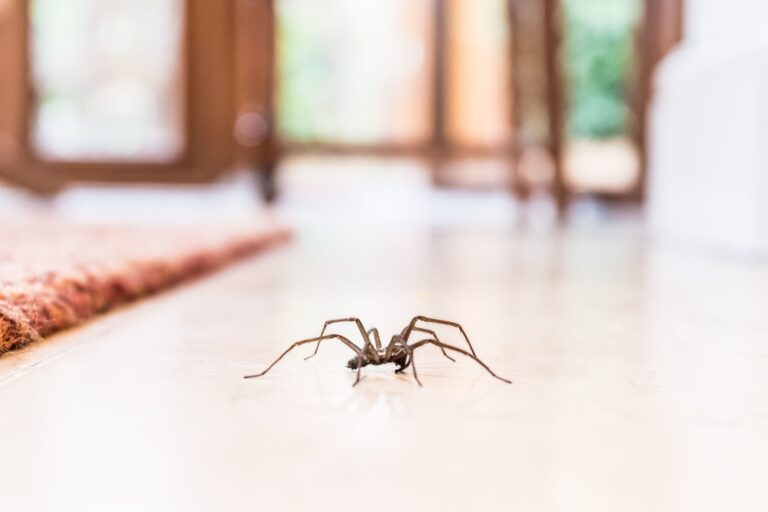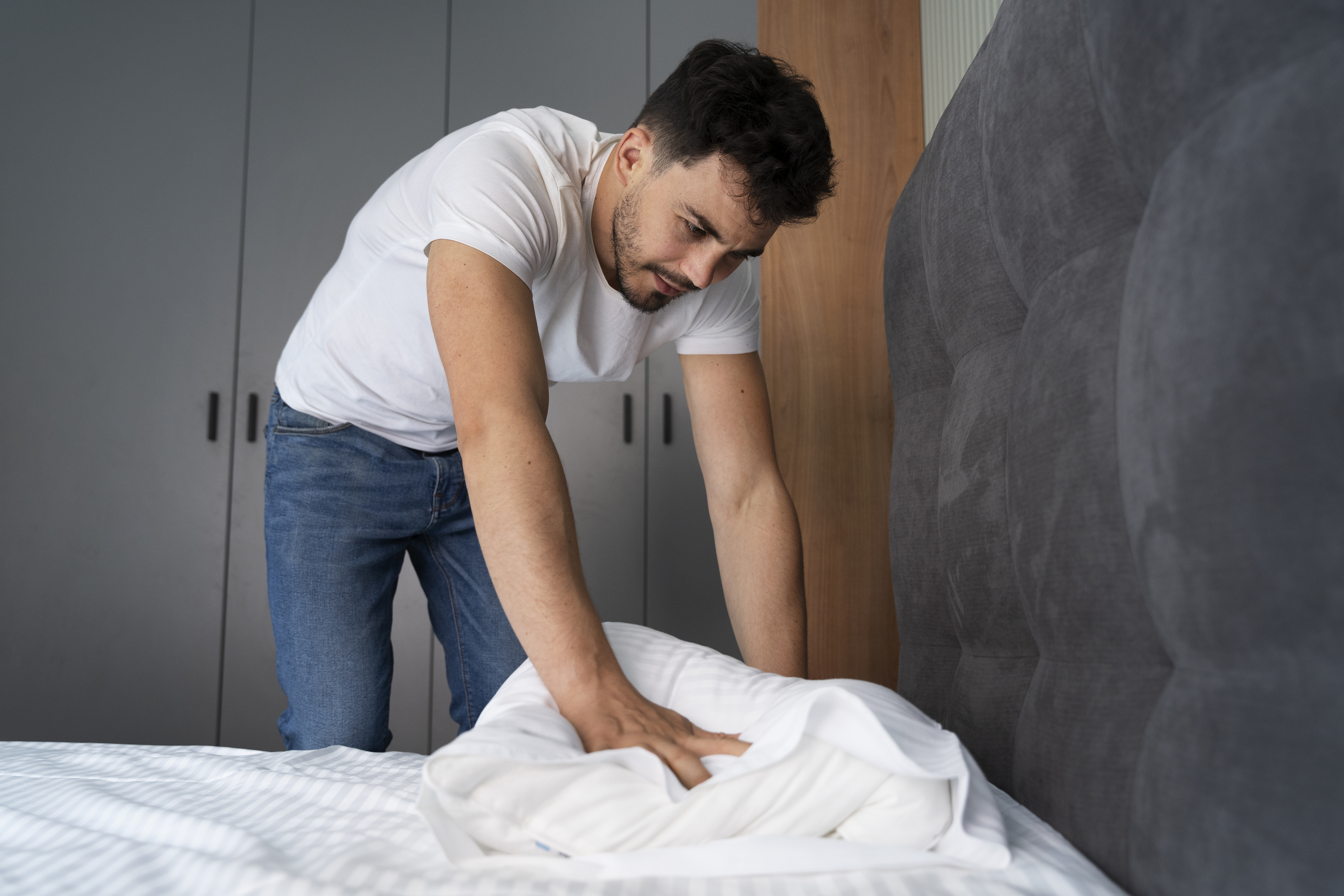5 Signs of a Termite Infestation
Pepper Moran
on
2023-03-15
5 Signs of a Termite Infestation
Are you concerned about termites invading your home? If so, you’re not alone – termites cause billions of dollars in damage to homes in the United States annually. Knowing the signs of a termite infestation in your home is key to protecting your home from these destructive pests.
Have a termite problem?
Enter your zip for local pest control services.
"*" indicates required fields

1. Look for Mud Tubes
One of the most common signs of a termite infestation is mud tubes. Termites build these tubes to travel between their food source (your home) and their nest. These tubes are made of soil and wood particles and can be found near the foundation of your home, near exterior faucets, and in crawl spaces.
2. Look for discarded wings
Another sign of a termite infestation is the presence of wings. Termites shed their wings after they mate, and these wings can be found in piles near windows or doors. They are usually a cream or yellow color and are shaped like a triangle. Discarded termite wings can also be found inside your home, particularly in areas that are prone to moisture, such as near the kitchen sink or bathroom tub. If you see piles of wings near these areas, it’s likely that you have a termite infestation.
3. Inspect the wood in your home for signs of damage
You may be able to identify termites by their damage to your home. Termites feed on wood, and their damage is often characterized by hollowed-out wood, buckling walls, and other structural damage.
4. Look for Signs of Termite Droppings
Look around the baseboards and window sills for signs of termite droppings. Termite droppings are small pellets, about 1/32 inch in length, and are usually a dark brown or black color. They often look like small grains of sawdust or coffee grounds and are known as frass.
5. Listen for a distinctive clicking sound
Termites chewing wood create a distinct, high-pitched, squeaking sound that is usually heard when the termites are actively feeding. The sound is caused by the vibration of wood pulp being crushed between the termites’ mandibles.
If you suspect that you have an infestation of termites in your home, it’s important to act quickly. Contact a professional exterminator as soon as you can to have the problem properly treated. In the meantime, you can take steps to prevent termites from invading your home, such as making sure that all wood debris is removed from your yard and that your home is properly sealed. By taking these preventive measures, you can help protect your home from termite infestations.
Find termite experts in Seattle, Washington
Enter your zip for local pest control services.
"*" indicates required fields

Is Termite Damage Covered by Home Insurance? What Homeowners Need to Know
Termites may be small, but they can cause big problems for homeowners. These sneaky insects munch away at the wood in our homes, causing damage
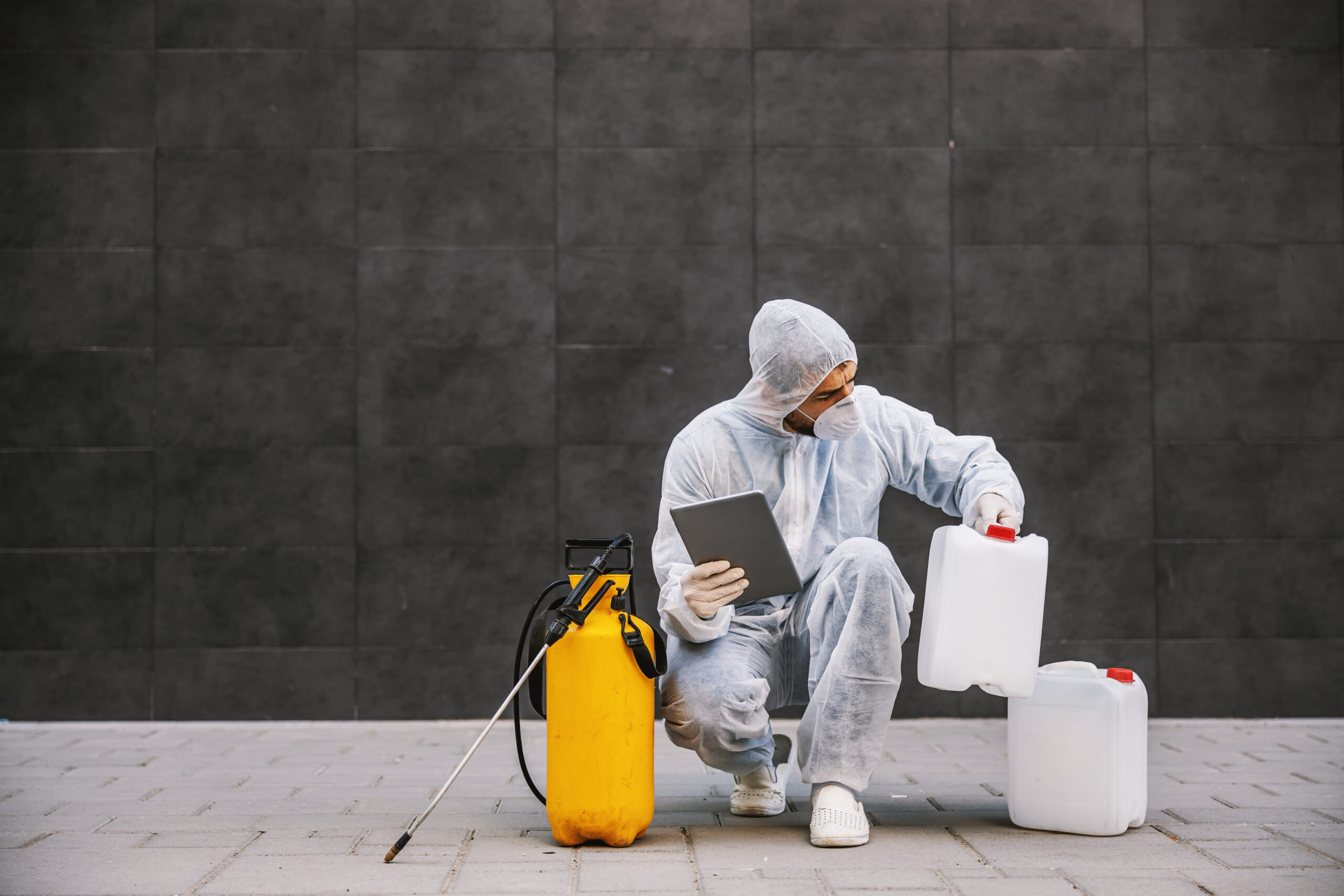
Can cockroaches cause property damage?
Can cockroaches really cause property damage? Learn the truth by exploring their habits, harm to structures, and contamination risks.
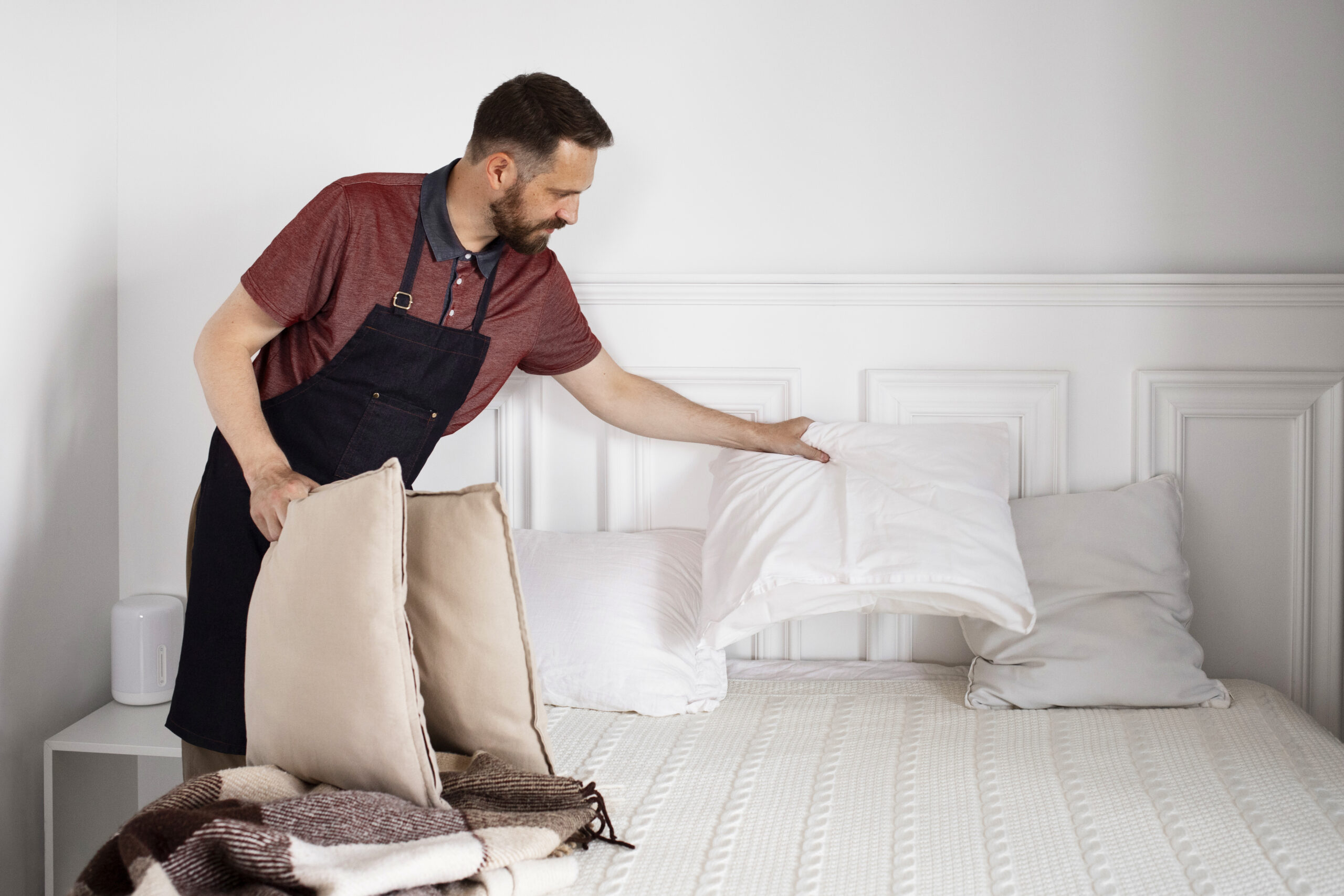
The Bed Bug Mystery: Finding Where They Really Come From
Learn how to prevent bed bug infestations and keep your home bed bug free! Become a bed bug detective with practical tips and insights.



